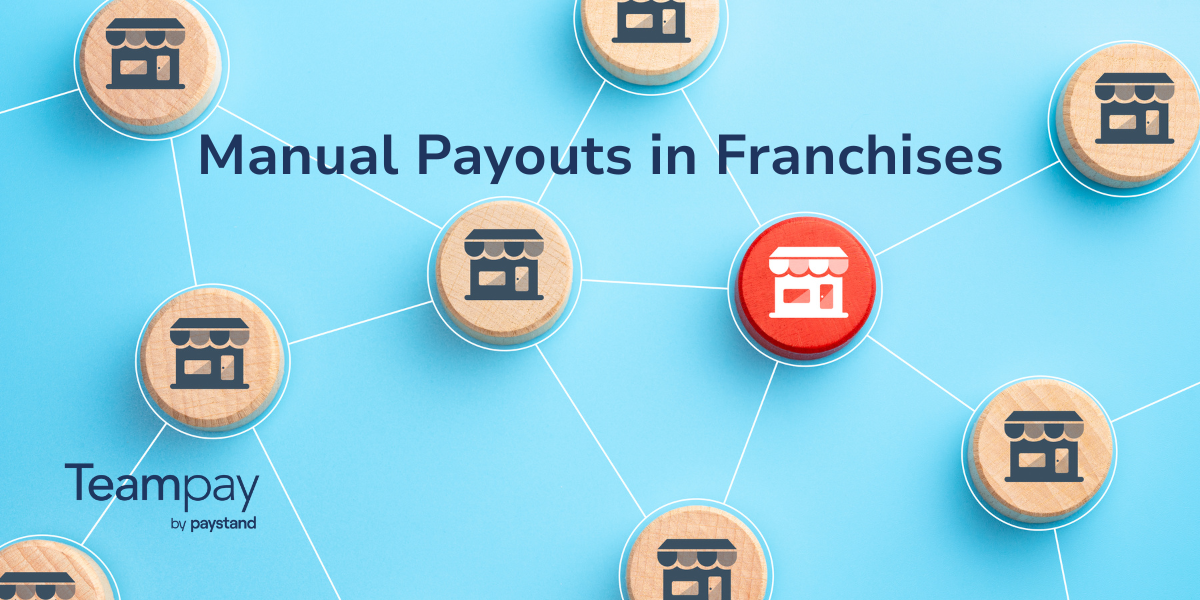Table of Contents
Key Takeaways
- Companies are buying more “things” than ever before, including SaaS software, fractional services, and on-demand everything, in addition to traditional T&E and physical items.
- Purchases are being made by employees across the organization, rather than a handful of executives or central purchasing departments.
- Those employees operate from different locations and time zones, and have different working hours: full- and part-time workers, temporary staff, contractors, and freelancers.
As company spend culture has shifted from top-down to bottom-up, finance operations needs to maintain control and visibility over spend. Just look to WeWork for an example of what happens when internal controls are lacking. In a recent study from Payhawk, 36% of spend management professionals are concerned with the levels of corporate spend at their organization.
Establishing a formal process in-and-of itself seems simple enough. But a FinOps professional will tell you that it takes more effort than you think. Enabling controls that don’t impede the speed and agility of your business rarely come built-in to the spend management process. It’s also easy to overcomplicate your workflow.
In this article, we’ll better define company spend culture and highlight how cementing strategic goals into your company culture benefits the bottom line.
What is spend culture? Key aspects of company spend culture
A company’s spend culture encompasses its policies, processes, and perspective around spend. It’s often summarized as an organization’s expense policy, budgets, and fund accessibility. But it’s important not to downplay how the company and its employees treat money.
Consider these questions, revealing different viewpoints:
- Is it a scarce asset, only to be used in emergencies?
- Do employees, at any level, feel entitled to use those funds?
- Do the people with access to company cards have a healthy relationship with money, or unhealthy?
Why is spend culture important?
Spend culture largely determines how efficient an organization is at managing its funds. A healthy procurement culture contributes to greater savings, while an unhealthy or outdated spend culture reduces transparency and can easily create more work.
Common challenges to company spend culture
Companies that move fast have a competitive advantage, which you can lose if you bog employees down with bureaucracy. Any process that slows you down is destined to fail. Burdensome processes may lead employees to spend outside of policy in order to do what they think is right for the business.
Overly complex or convoluted spend workflows cause 5 major problems for finance and operations professionals that steal time away from strategic initiatives and negatively impact their agility, accuracy, and efficiency. These top 5 challenges include:
1. Policy misalignment
When policy is not aligned to spend, it creates a disconnect between what employees think they should do and what the finance team actually needs them to do. This means employees often spend outside of policy without meaning to.
2. Hodgepodge spending
Employees spend willy-nilly without clear policy or internal controls. Low visibility in day-to-day purchases results in unexpected and unapproved spending, murky audit trails and questionable data.
3. Best-guess accounting
The finance team has to spend time hunting for receipts and other information. Frequently, they code transactions using their best guess, instead of hard data.
4. Lack of transparency
Finance teams often don’t become aware of transactions until the corporate virtual credit card statements come in at the end of the month, which limits their ability to deliver accurate reports and forecasts.
5. Manual accounting
Finance professionals spend hours, if not days, each month on manual work, including data entry, back-and-forth with employees, correcting codes and categories, and transferring data from one system to another. This is where automation comes in handy for long-term spend control, leading to empowered employees, and updating systems to include the continuous accounting model can prove to be beneficial.
How can adopting a positive company spend culture help maximize ROI and streamline purchasing processes?
Solving these challenges requires a new way of thinking about finance. Most legacy P2P systems were built for the era of centralized purchasing and have failed to evolve to support a bottoms-up approach. They are designed to be reactive, meaning they process and categorize spending data after the point of purchase, and flag policy violations rather than proactively preventing them. Additionally, these platforms lack the delightful user experience necessary for employees to move quickly and easily through the workflow.
Adopting a positive spend culture includes trying new solutions and empowering employees, which can maximize ROI and simplify processes.
The answer to developing a positive spend culture lies in processes and people—but the right tools can make developing an efficient process easier. According to the same 2024 Payhawk study, nearly one-third of companies feel that ineffective software is one of their biggest spend management challenges. This correlates with what we know about AP software: The right tool can reduce time on manual tasks, lower the learning curve for new employees, and provide crystal clear data.
What are the best strategies for improving company spend culture to reduce unnecessary business expenses?
Leadership teams can drive a more cost-conscious spend culture within fast-growing companies through investing in innovative solutions that put employees in the driver’s seat. The tools and software companies can implement to monitor and control spend culture effectively are typically AP automation solutions that integrate with their ERP. This reduces the learning curve, ensures data consistency, and accelerates the onboarding process.
New innovations in technology allow finance operations to have total control over spend and an agile employee experience. Spend management doesn’t exist in a vacuum; it requires adherence from the entire workforce in order to function effectively. Therefore, finding solutions that are easy and seamless for employees to use is a must.
Finance leaders are leveraging technology with these 5 capabilities to manage spend in an employee-first culture:
- Proactive policy controls embed the company purchasing policy into automatic request routing, so you can proactively enforce policy without disrupting the employee workflow.
- Intelligent payments limit employee purchases to an approved amount and vendor, which keeps them from going over budget and eliminates rogue spending and fraud.
- Upfront coding naturally collects purchase data from the employee upfront during the initial request, which is then seamlessly passed through the workflow.
- Automated reconciliation means that purchases are automatically uploaded into the general ledger as they happen and are correctly coded in real time.
- Purchasing workflow automation unifies the entire purchasing process into a single automated system, guiding and alerting users when an action is required.
These capabilities enable modern finance teams to contribute strategic insights to their organization. With access to accurate information on company spending at any point in time, finance teams can deliver better reports and forecasts, which means smarter decision-making for the company.
Equally important, these capabilities allow finance teams to be an enabler of business growth, not a bottleneck.Employees shouldn’t have to spend hours a month looking up policies, entering purchases weeks after they spent money, and searching for paper receipts. Conversely, FinOps teams shouldn’t have to rely on employees to know the corporate purchasing policy by heart.
With distributed spend management software, “shouldn’t” becomes “don’t.” FinOps can access the data they need, correctly coded, at any point in time—without taking time away from employees in the process. With new technology, FinOps can be a driver of speed and agility across their organization.
Building a strong spend culture and keep your spend culture healthy
Spend culture begins in policies and manifests in every transaction. The day-to-day implementation of policy offers the potential for good spend—but it’s clear financial controllers in companies coping with rapid growth have their work cut out for them.
A robust AP and P2P software that automatically applies policy provides finance teams a way to standardize their spend management process and foster positive spend culture habits. Teampay can help.
Discover how you can transform and simplify spend without sacrificing visibility with our Proactive Spend Approvals.












